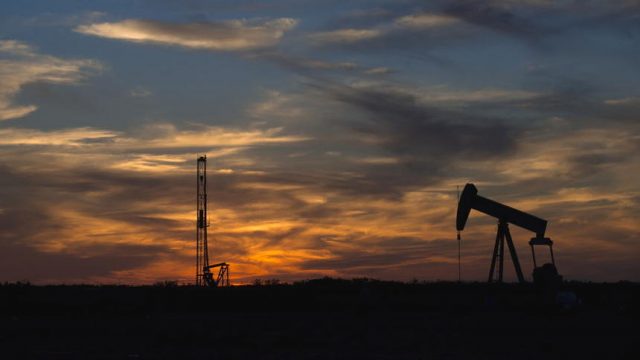North Dakota’s New Oil Spill Rules Give a Clearer Picture of the Problem

“80 percent of ND oil spills wouldn’t have been reported under new law,” is the headline over a recent article by my colleague Patrick Springer.
It’s not an unfair headline. It is true that the new rules will result in most spill incidents not being reported. The important question to ask, however, is why were those spills being reported in the first place?
[mks_pullquote align=”left” width=”300″ size=”24″ bg_color=”#ffffff” txt_color=”#000000″]The majority of spills, as evidenced by Springer’s research, are incidents where safety measures worked and the environment was protected.[/mks_pullquote]
Previously North Dakota had one of the strictest reporting requirements for oil and saltwater spills in the nation. Any spill greater than one barrel, or 42 gallons, had to be reported to authorities. The new rule, created during the 2017 legislative session and implemented in August, doesn’t require the reporting of contained spills under 10 barrels.
Emphasis on the “contained” part.
Springer’s headline makes it seem as though this new rule will give the public a less clear view of spills. While any given spill is a concern, what the public cares about in terms of the policy debate over oil and gas development are spills where safety measures to limit volumes and contain spillage didn’t work.
Anti-oil political activists loved the state’s old reporting system because it allowed them to treat all spills equally. But not all spills are equal. The majority of spills, as evidenced by Springer’s research, are incidents where safety measures worked and the environment was protected.
What we want to focus on are the spills which had an environmental impact. Spills that got past containment efforts. Spills that are large.
There will still be plenty reported under the new rules. “In terms of volumes, 9 percent of the oil reported spilled in North Dakota’s Oil Patch from 2013 through 2017 would have gone unreported under the new reporting requirements, while 2 percent of toxic saltwater would have gone unreported,” Springer wrote.
This means that the incidents which represent the bulk of the volume of oil and saltwater spilled will still be subjected to public scrutiny.
To understand the spill problem, we want data which accurately represents the problem. Not inflated numbers turned into fodder for sensationalist and inaccurate political rhetoric.




